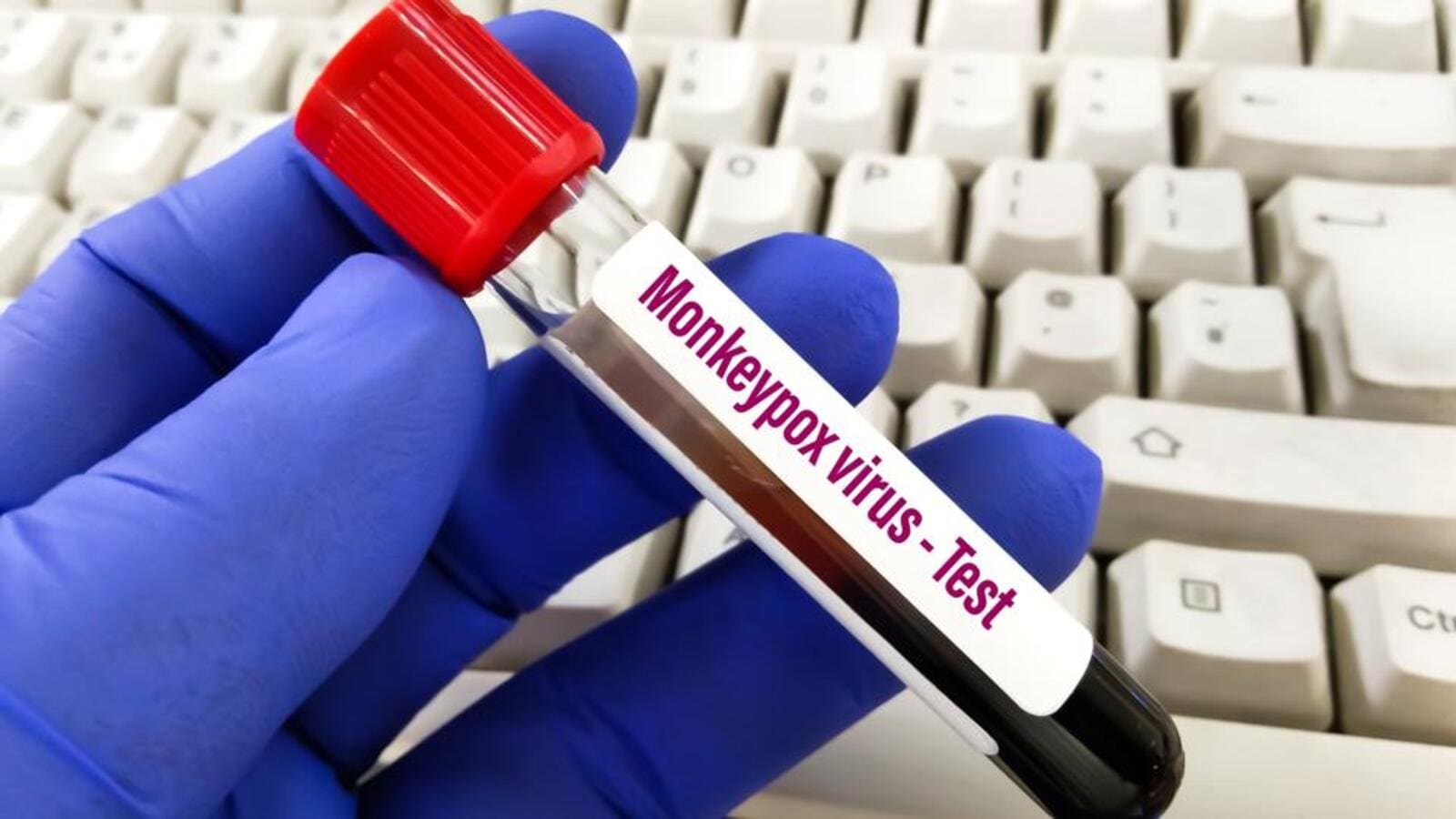Amid the World Health Organisation (WHO) announcement of monkeypox as a global health emergency, the state public health department issued guidelines for surveillance and management of the disease on Monday.
Dr Radhakishan Pawar, joint director of health services, said, a single infected patient is considered an outbreak of monkeypox, so each case should be investigated by a rapid response team.
“The laboratory samples of suspected patients should be sent to the National Institute of Virology (NIV), Pune. It is essential to survey every person who has been in close contact with the infected patient,” he said.
The Ministry of Health and Family Welfare held a meeting on Sunday and issued directions to states for surveillance, prevention and control activity. All local bodies like municipal corporations, municipal councils and district health authorities amongst others in the state are directed to strictly follow the guidelines.
In cities with international airports/ports, the health department should regularly coordinate with airport and port health officers. Ensure that surveillance for monkeypox is in place at airports and ports, and necessary facilities are established for isolation and treatment of suspected cases.
Furthermore, the hospital-based surveillance should focus on the dermatology, venereology, medicine, and pediatric departments of each hospital.
As per officials, monkeypox patients must be kept in an isolation ward or a separate room at home with proper ventilation. The patient should always wear a triple-layer mask. Any skin lesions should be properly covered, and the patient should wear long-sleeved shirts and full-length pants to prevent the spread of infection.
Besides, the patient must remain in isolation until the skin lesions have completely healed, and the scabs have fallen off. Treatment should be provided based on symptoms, and the patient should stay adequately hydrated.
Expert consultation must be sought immediately, and hospitalisation may be necessary if the patient develops complications, like eye pain or blurred vision, difficulty breathing, chest pain, loss of consciousness or seizures, reduced urine output, Inability to consume food or water orally and extreme fatigue.
Dr Pawar, also who heads the vector-borne diseases control programme in the state, said, any person who comes into contact with a monkeypox patient from the onset of symptoms until the skin lesions have healed completely.
“Close contact includes face-to-face interaction without protective gear, such as healthcare workers (e.g., doctors, nurses) without personal protective equipment (PPE), physical contact, sexual contact, or contact with the patient’s used clothing, bedding, etc.”
“Identifying close contacts of monkeypox patients must be done meticulously. Close contacts should be monitored daily for 21 days from their last contact with the patient. If they develop a fever, their laboratory sample should be collected for testing. Besides, during these 21 days, even if no symptoms appear, close contacts should refrain from donating blood, organs, etc. School-going children in close contact with the patient should be kept at home during the monitoring period,” said Dr Pawar.
As per WHO, in the present series of outbreaks being reported, this is the first time that chains of transmission are reported in Europe without known epidemiological links to West or Central Africa.
WHO declared monkeypox a public health emergency of international concern in July 2022 and revoked it in May 2023. Since 2022, WHO has reported 99,176 cases and 208 deaths due to monkeypox from 116 countries.
Since the 2022 declaration by WHO, a total of 30 cases were detected in India with the last case in March 2024, said the Ministry of Health and Family Welfare in a statement released on Saturday.
“Monkeypox is a contagious disease, but there is no need to panic. Citizens should remain vigilant and adhere to the instructions provided by the public health department. In case of any suspected symptoms or cases, immediately contact the nearest government health facility,” said Amgothu Shri Ranga Nayak, commissioner of health services and managing director of the National Health Mission.
What is Monkeypox?
It is a viral zoonotic disease with symptoms like smallpox, but less clinical severity. It was first discovered in 1958 in colonies of monkeys during research.
Symptoms
Swollen lymph nodes, fever, headache, body aches and profound weakness.
It is usually a self-limited disease with symptoms lasting from two to four weeks.
Preventive steps
*Suspected patients should be isolated immediately.
*Avoid direct contact with the patient’s clothes, bedding, or items they have used.
*Maintain good hand hygiene and wash hands frequently.
*Healthcare workers treating monkeypox patients must use PPE kits to protect themselves

Rohit Malhotra is a medical expert and health journalist who offers evidence-based advice on fitness, nutrition, and mental well-being. His articles aim to help readers lead healthier lives.


